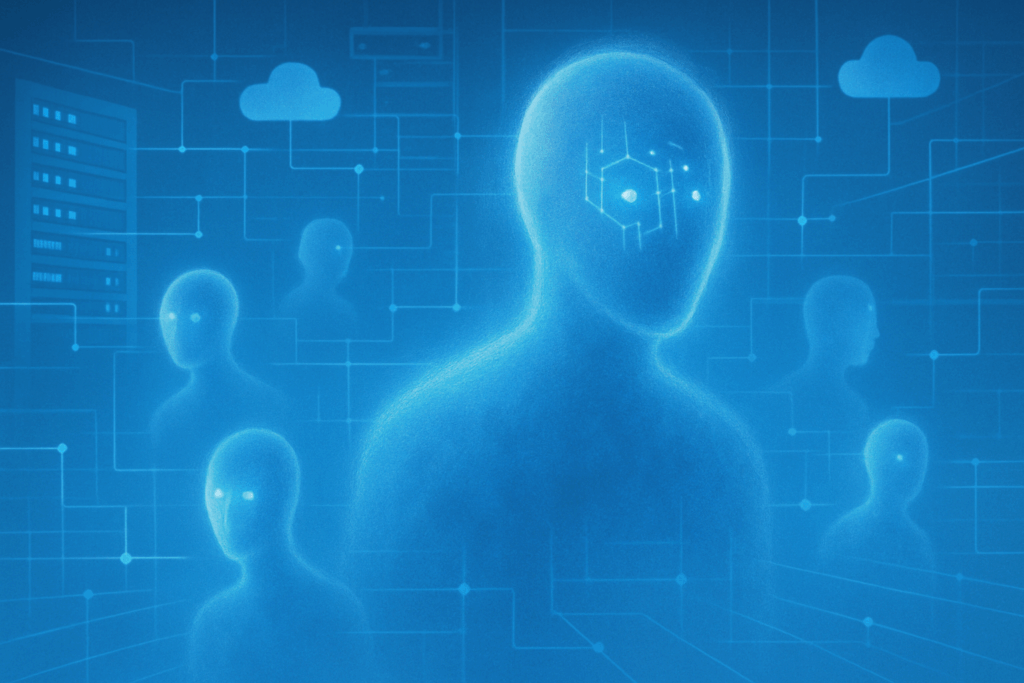Envision a work environment where technology offers a seamless, personalized experience—anticipating your individual needs, streamlining processes, and adapting to your preferences effortlessly. That’s the essence of userization.
Userization in technology ensures that digital tools adapt to the unique requirements of each employee and then some. This shifts the responsibility away from employees having to become tech-savvy across all applications. To spearhead this transformation, CIOs are critical in promoting technologies that streamline workflows and boost productivity. Rather than forcing users to conform to rigid systems, userization empowers them, creating a more engaged workforce and moving beyond generic software solutions.
Challenges in Software Adoption
As companies accelerate their digital transformations, many face persistent challenges with software adoption. Recent reports indicate that poor user adoption remains a significant barrier to achieving the expected ROI on digital investments. According to Gartner’s 2023 report, a staggering 70% of digital transformation efforts fail due to insufficient user engagement. Forrester further highlights that employees can waste up to 30% of their workweek navigating complex software systems, resulting in frustration and reduced productivity.
Traditional enterprise software often assumes a standardized interface for all users, disregarding their diverse roles and workflows. This “one-size-fits-all” mindset leads to friction and inefficiency. CIOs must critically assess software solutions that cater to these varied needs, ensuring employees can focus on leveraging tools rather than grappling with them.
The Imperative of Userization for Digital Adoption
The success of digital adoption largely hinges on how effectively users can engage with technology. A Salesforce Insights report reveals that only 37% of sales representatives actively use their company’s CRM system, indicating a significant gap between employees and the tools designed to assist them. Research from IBM shows that inadequate AI skills account for at least 33% of the hurdles employees face in fully utilizing AI tools. This highlights the unrealistic expectation of a highly “tech-savvy” workforce amidst constant technological change.
Digital adoption initiatives often fall short—IDC estimates that up to 70% do not meet their goals—not because of the technology itself, but due to a failure to align it with user needs and preferences.
By focusing on userization, businesses can create a technology ecosystem where the user experience is at the forefront. CIOs are tasked with ensuring that employees are no longer forced to adapt to rigid systems—they are empowered with tools that flex to their requirements. This shift enhances not only individual productivity but also organizational agility, allowing companies to better respond to changing market conditions and internal needs.
At the heart of this movement is the concept of “frictionless software.” A Deloitte study found that organizations with frictionless digital experiences—enabled by userized solutions—reported 35% higher employee satisfaction rates and stronger retention. This is no coincidence. When employees feel that their tools work for them rather than against them, they become more engaged and motivated.
Harnessing Product Analytics in Userization
Analytics forms the bedrock of userization. Integrating product analytics into the userization journey adds another layer of personalization, allowing organizations to capture behavioral insights and use them to refine employee interactions with software. By analyzing existing users’ interactions with applications, enterprises can better understand which cohorts of users need specific types of assistance and when they need it. Having an integrated platform for analysis and engagement bridges user experience with business results, facilitating real-time feedback for more adaptable systems. CIOs should leverage these insights to drive decisions that improve user engagement.
The Future of Work is Userized
As we look ahead, userization will play an even more critical role in the workplace. Analysts agree that companies focused on delivering tailored software experiences will have a significant advantage. Forrester predicts that by 2025, personalized digital experiences will be a key differentiator for companies seeking to retain top talent and maximize productivity.
Organizations that prioritize userization will not only enhance employee performance but will also achieve greater ROI on their digital investments. By integrating product analytics into the userization strategy, companies can gain deep insights into user behavior, allowing for continuous optimization of software experiences. This alignment of technology with employee needs ensures that software is not just functional but also intuitive and engaging.
CIOs and business leaders must act now to integrate userization into their strategic planning. By prioritizing employee experience through personalized digital adoption platforms and leveraging product analytics, organizations can unlock new levels of efficiency and innovation. The future of work lies in userization—ensuring your technology serves your users, not the other way around. Embrace this shift now to create a workplace where technology enhances every employee’s experience, driving satisfaction, productivity, and growth.
- How Digital Adoption Platforms Will Impact the Market in 2025 - January 28, 2025
- Userization Should Be on Every CIO’s Agenda - January 3, 2025
- The Best Practices of Digital Adoption - December 8, 2020



